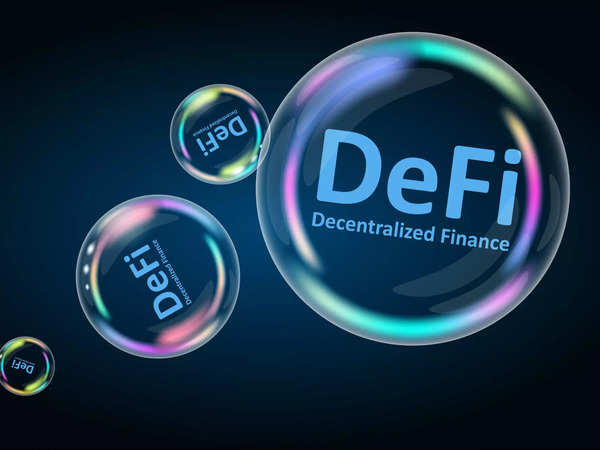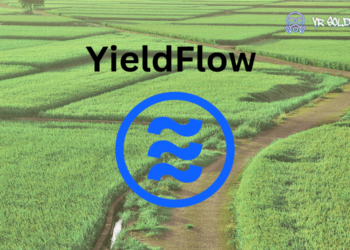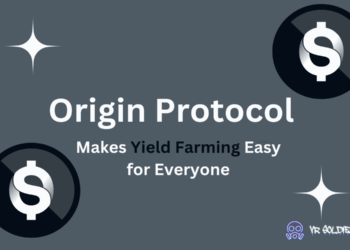The concept behind leveraged yield farming in DeFi isn’t as intricate as it might initially seem, If yield farming with X yields you Y returns, then yield farming with 5X yields you 5Y returns. In other words, borrowing funds to scale up your position X, and utilizing leverage, multiplies your yields. Of course, it’s not for free, Like any lending platform, you have to pay borrowing interest for the privilege to use borrowed funds. Yet, where leveraged one shines is in its capital efficiency–the ability to borrow more than you put up as collateral.
Leveraged Yield farming is Different Than Traditional Lending
For anyone who’s used one of the major DeFi lending platforms, you’ll know that one endemic issue within DeFi lending is the lack of capital efficiency, If you put up $1 as collateral, you might only be able to borrow 50 cents. So if you then use that 50 cents to yield farm, won’t you just be earning less than if you used that $1 from the start? This limit is prohibitive for many lending use-cases. However, this is not the case for in it.
Unlike most traditional lending platforms, leveraged farming allows for undercollateralized loans. This higher capital efficiency means not only higher APYs for farmers but also lenders, as a result of this undercollateralized model creating higher utilization rates, which are a major factor in lending APYs within most lending platforms. The benefits are clear at a glance, higher APYs, and that’s also why leveraged farming platforms such as Alpaca Finance or Alpha Homora have gathered billions of dollars in TVL, becoming two of the most used DeFi platforms.
Key Advantages within DeFi
Leveraged farming is also one of the few platform types that allows under collateralized loans. It can achieve this safely by limiting the usage of the loaned funds within the protocol for yield farming on integrated exchanges. While this use-case might seem narrow at first glance, in practice, it accounts for the majority of the DeFi activities today. The applications for the loans may also be expanded in the future. There is no technical limitation, so once new yield sources arise, LYF protocols will be ready to capture those opportunities by offering on-chain leverage to users.

Currently, the user base in leveraged yield farming platforms is diverse and not limited to risk-seekers. When deploying capital with the right strategies, users can generate substantial profits in all market conditions with mitigated risks! There are various methods that can appeal to anyone regardless of their risk profile, target yields, or knowledge level.
Leveraged Yield Farming in DeFi and Its Future
It is clear leveraged yield farming provides unique opportunities to earn among the highest yields on your crypto assets in DeFi. Furthermore, the strategies can range from conservative (farming stablecoins or hedging pseudo delta-neutral) to high-yield high-risk speculative (levering long and shorting), thus appealing to a wide spectrum of users.
At its foundation, because much of the yield in leveraged yield farming is generated not from platform token rewards but from higher capital efficiency, it is safe to say leveraged yield farming is one of the most sustainable segments within DeFi.
Conclusion

In summary, leveraged yield farming not only addresses major DeFi problems of capital efficiency and sustainability, but also currently offers mature products with high earning potential. Thus, we believe leveraged farming protocols are well positioned to continue growing as a fundamental building block and DeFi LEGO. However, levering up your farming position to earn multiplied yields is only the simplest way to use a leveraged yield farming platform. There are advanced features and practices that allow users to create customized positions for their ideal risk profiles, target returns, and market biases. From taking long and short positions, to using market-neutral hedged strategies, it’s all possible through the customization of leveraged yield.












